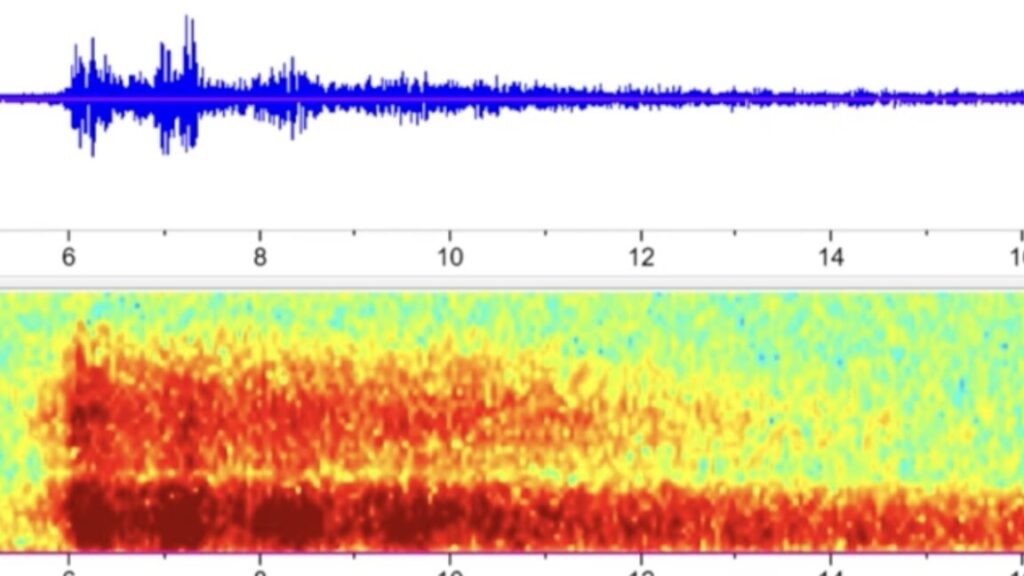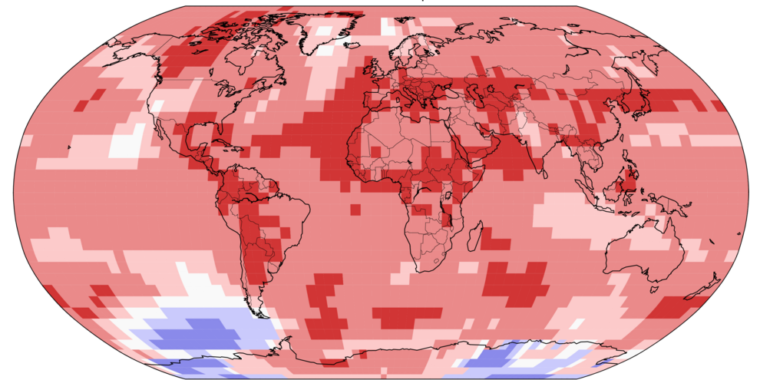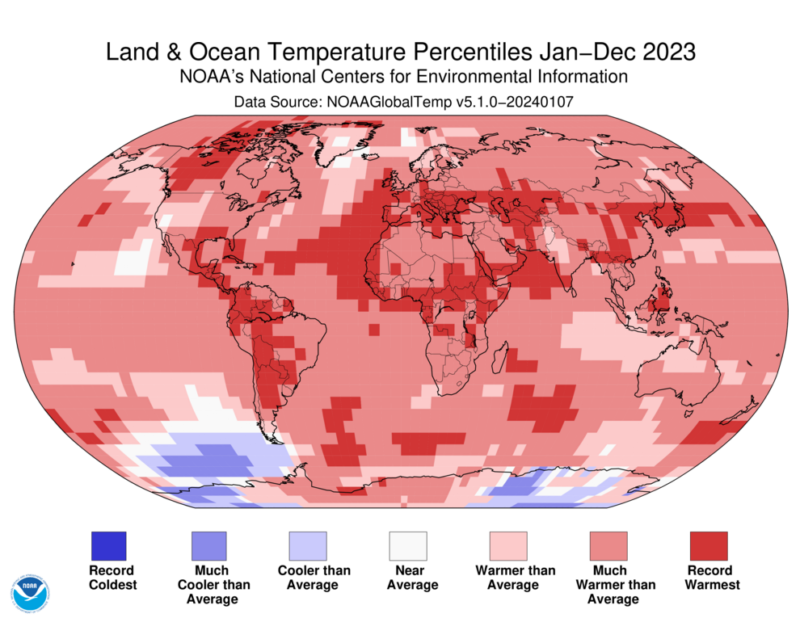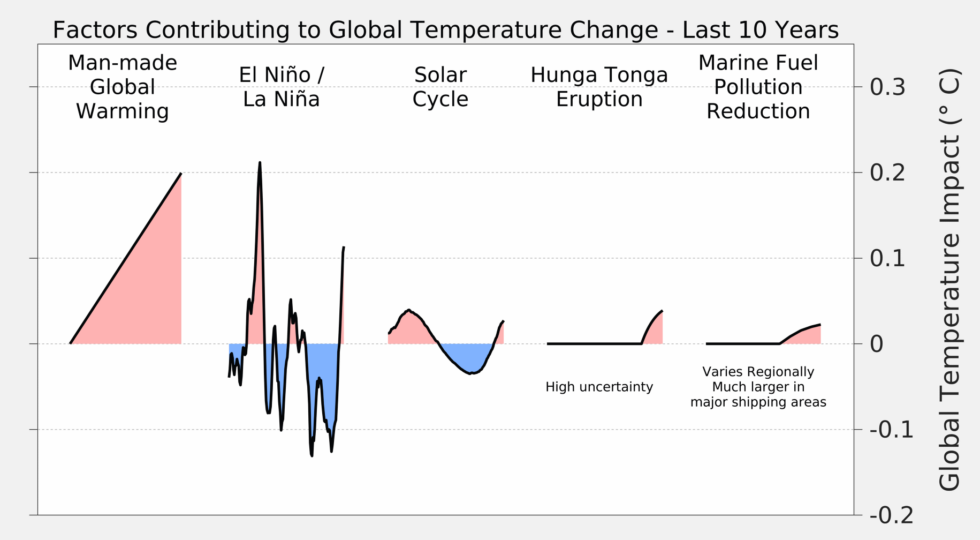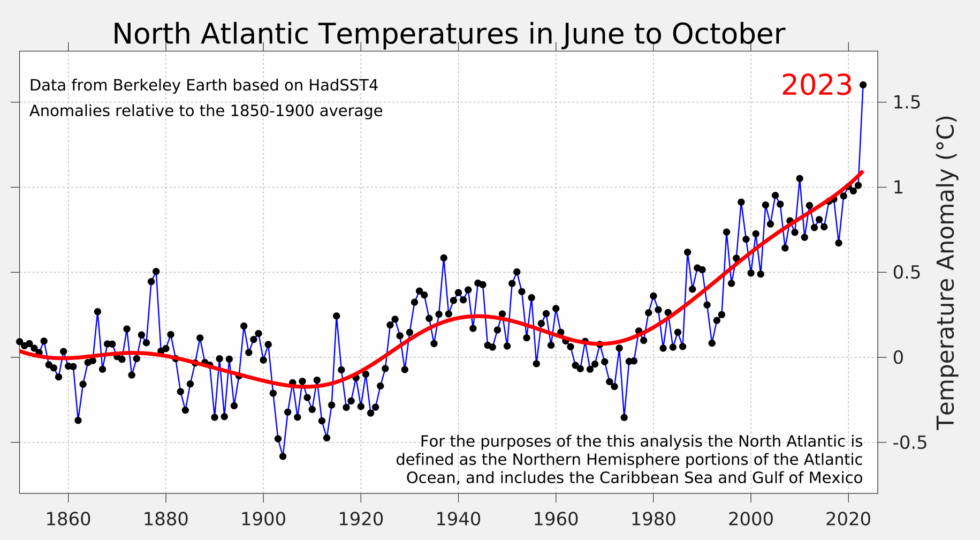A “cosmic carpool” is traveling to a distant space weather observation post
“It’s like a bus. You wait for one and then three come at the same time.”
NASA’s IMAP spacecraft (top), the Carruthers Geocorona Observatory (left), and NOAA’s first operational space weather satellite (right) shared a ride to space on a Falcon 9 rocket Wednesday. Credit: SpaceX
Scientists loaded three missions worth nearly $1.6 billion on a SpaceX Falcon 9 rocket for launch Wednesday, toward an orbit nearly a million miles from Earth, to measure the supersonic stream of charged particles emanating from the Sun.
One of the missions, from the National Oceanic and Atmospheric Administration (NOAA), will beam back real-time observations of the solar wind to provide advance warning of geomagnetic storms that could affect power grids, radio communications, GPS navigation, air travel, and satellite operations.
The other two missions come from NASA, with research objectives that include studying the boundary between the Solar System and interstellar space and observing the rarely seen outermost layer of our own planet’s atmosphere.
All three spacecraft were mounted to the top of a Falcon 9 rocket for liftoff at 7: 30 am EDT (11: 30 UTC) on Wednesday from NASA’s Kennedy Space Center in Florida. The rocket arced on a trajectory heading east from Florida’s Space Coast, shed its reusable first stage booster for a landing offshore, then fired its upper stage engine twice to propel the trio of missions into deep space.
A few minutes later, each of the spacecraft separated from the Falcon 9 to begin a multi-month journey toward their observing locations in halo orbits around the L1 Lagrange point, a gravitational balance point roughly 900,000 miles (1.5 million kilometers) from Earth toward the Sun. The combined pull from the Earth and Sun at this location provides a stable region for satellites to operate in, and a good location for instruments designed for solar science.

Liftoff of IMAP and its two co-passengers on a Falcon 9 rocket. Credit: SpaceX
Seeing the big picture
The primary mission launched on Wednesday is called the Interstellar Mapping and Acceleration Probe (IMAP). The spin-stabilized IMAP spacecraft is shaped like a donut, with a diameter of about 8 feet (2.4 meters) and 10 science instruments looking inward toward the Sun and outward toward the edge of the heliosphere, the teardrop-shaped magnetic bubble blown outward by the solar wind.
At the edge of the heliosphere, the solar wind runs up against the interstellar medium, the gas, dust, and radiation in the space between the stars. This boundary remains a poorly understood frontier in space science, but it’s important because the heliosphere protects the Solar System from damaging galactic cosmic rays.
“IMAP is a mission of firsts,” said Nicky Fox, associate administrator of NASA’s science mission directorate. “It’ll be the first spacecraft dedicated to mapping the heliosphere’s outer boundary, a key piece in the heliophysics puzzle about the Sun’s influence on our Solar System. To do this, IMAP will spin every 15 seconds to measure the invisible using a very comprehensive suite of revolutionary instruments.”
During each rotation, IMAP’s sensors will scoop up all sorts of stuff: ions traveling 1 million miles per hour in the solar wind, interstellar dust particles, and energetic neutral atoms kicked back into the Solar System from the edge of the heliosphere.
“These energetic neutral atoms act as cosmic messengers,” said David McComas, IMAP’s principal investigator from Princeton University. “They’re unaffected by magnetic fields so they can propagate all the way in from the boundaries to Earth’s orbit and be measured by IMAP.”
Tracking these energetic neutral atoms will allow scientists to map the boundary of the heliosphere and what shapes it. The Sun’s movement through the Milky Way galaxy forms a shock wave on the front side of the heliosphere, similar to the wave created by the bow of a ship moving through water.

Artist’s illustration of the IMAP spacecraft in orbit. Credit: NASA
“We ended up with this fabulous observatory that measures everything,” McComas said. “The particles coming out from the Sun are moving out in the solar wind to get to the outer heliosphere. Some fraction of them become neutralized and come right back, and we observe them a few years later as ENAs (energetic neutral atoms). So, we’re really observing the entire life cycle of this particle energization and how it interacts at the boundaries of the heliosphere.”
IMAP follows a much smaller mission, named IBEX, that carried just two instruments to begin probing the edge of the heliosphere in 2008. IBEX discovered an unexpected ribbon-like pattern of energetic neutral emissions coming from the front of the heliosphere. Scientists have developed several theories to explain the ribbon signature. One of the theories postulates that the ribbon represents a group of particles that somehow leaked from the heliosphere and bounced around interstellar space before returning to the Solar System.
“It was found that interstellar matter, particles, and neutrals streaming in from outside the Solar System, actually… have a significant effect in how the entire heliosphere behaves,” said Shri Kanekal, IMAP’s mission scientist at NASA’s Goddard Space Flight Center.
IBEX’s discoveries fueled enthusiasm among space scientists for a more sophisticated follow-up mission like IMAP. NASA selected IMAP for development in 2018, and the $782 million mission will spend at least two years conducting scientific observations. The spacecraft was built at the Johns Hopkins University Applied Physics Laboratory in Laurel, Maryland.
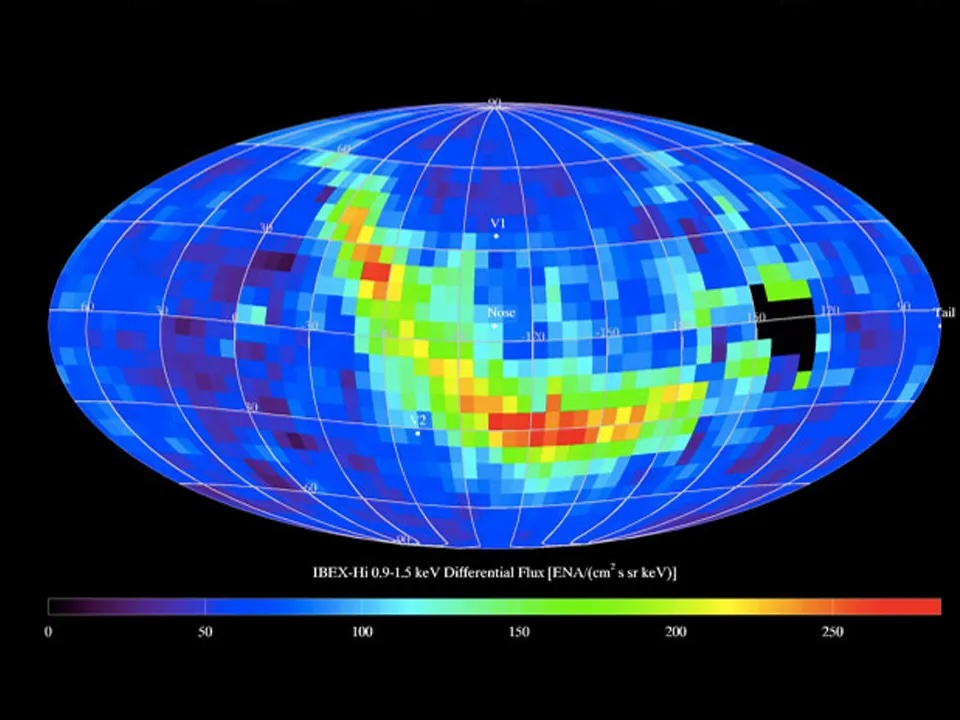
The ribbon remains one of IBEX’s biggest discoveries. It refers to a vast, diagonal swath of energetic neutrals, painted across the front of the heliosphere. Credit: NASA/IBEX
“Immense value”
Two years after NASA approved IMAP for development, the agency’s heliophysics division selected another mission to head for the L1 Lagrange point. This smaller spacecraft, called the Carruthers Geocorona Observatory, hitched a ride to space with IMAP on Wednesday.
The $97 million Carruthers mission carries two co-aligned ultraviolet imagers designed for simultaneous observations of Earth’s exosphere, a tenuous cloud of hydrogen gas that fades into the airless void of outer space about halfway to the Moon. The hydrogen atoms in the exosphere generate a faint glow called the geocorona, which is only detectable in ultraviolet light at great distances. Images of the entire geocorona can’t be collected from a satellite in Earth orbit.
The mission is named for George Carruthers, an engineer and solar physicist who developed an ultraviolet camera placed on the Moon by the Apollo 16 astronauts in 1972. This camera captured the first view of the geocorona, a term coined by Carruthers himself.
The 531-pound (241-kilogram) Carruthers observatory was built by BAE Systems, with instruments provided by the University of California Berkeley’s Space Sciences Lab.
There’s a lot for scientists to learn from the Carruthers mission, because they know little about the exosphere or geocorona.
“We actually don’t know exactly how big it is,” said Lara Waldrop, the mission’s principal investigator from the University of Illinois Urbana-Champaign. “We don’t know whether it’s spherical or oval, how much it changes over time or even the density of its constituent hydrogen atoms.”
What scientists do know is that the exosphere plays an important role in shaping how solar storms affect the Earth. The exosphere is also the path by which the Earth is (very) slowly losing atomic hydrogen from water vapor lofted high into the atmosphere. “This process is extremely slow at Earth, and I’m talking billions of years. It is certainly nothing to worry about,” Waldrop ensures.
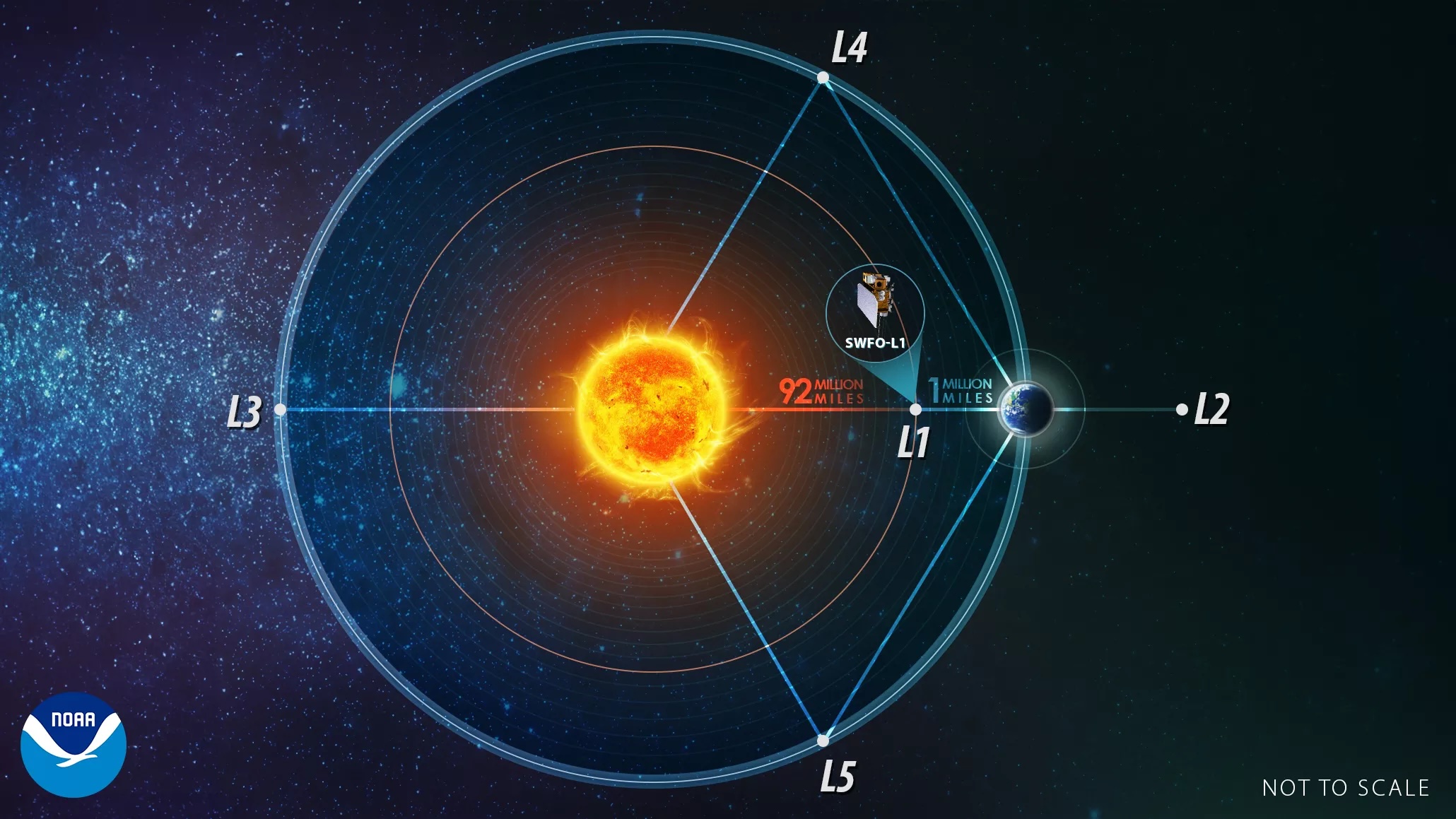
This image illustrates the location of the Sun-Earth L1 Lagrange point, where IMAP, Carruthers, and SWFO-L1 will operate. Credit: NOAA
The final spacecraft aboard Wednesday’s launch is the world’s first operational satellite dedicated to monitoring space weather. This $692 million mission is called the Space Weather Follow On-L1, or SWFO-L1, and serves as an “early warning beacon” for the potentially devastating effects of geomagnetic storms, said Irene Parker, deputy assistant administrator for systems at NOAA’s National Environmental Satellite, Data, and Information Service.
NOAA’s previous satellites peer down at Earth from low-Earth orbit or geosynchronous orbit, gathering data for numerical weather models and tracking the real-time movement of hurricanes and severe storms. Until now, NOAA has relied upon a hodgepodge of research satellites to monitor the solar wind upstream from Earth. SWFO-L1, also built by BAE Systems, is the first mission designed from the start for real-time, around-the-clock solar wind observations.
“We’ll use SWFO-L1 to buy power grid, airline, and satellite operators precious time to act before billion-dollar storms strike,” said Clinton Wallace, director of NOAA’s Space Weather Prediction Center.
Once on station around the L1 Lagrange point, the satellite will be renamed SOLAR-1 before NOAA declares it operational in mid-2026. The platform hosts four instruments, one of which is a coronagraph to detect the massive eruptions from the Sun that spark geomagnetic storms. The other instruments will sample solar particles as they pass over the spacecraft about a half-hour before they reach our planet.
These instruments are akin to weather satellites that detect a hurricane’s formation over the remote ocean and hurricane hunters that take direct measurements of the storm to assess its intensity before landfall, NOAA said.
Bundling IMAP, Carruthers, and SWFO-L1 onto the same rocket saved at least tens of millions of dollars in launch costs. Normally, they would have needed three different rockets.
Rideshare missions to low-Earth orbit are becoming more common, but spacecraft departing for more distant destinations like the L1 Lagrange point are rare. Getting all three missions on the same launch required extensive planning, a stroke of luck, and fortuitous timing.
“This is the ultimate cosmic carpool,” said Joe Westlake, director of NASA’s heliophysics division. “These three missions heading out to the Sun-Earth L1 point riding along together provide immense value for the American taxpayer.”
“It’s like a bus,” Fox said. “You wait for one and then three come at the same time.”
A “cosmic carpool” is traveling to a distant space weather observation post Read More »







